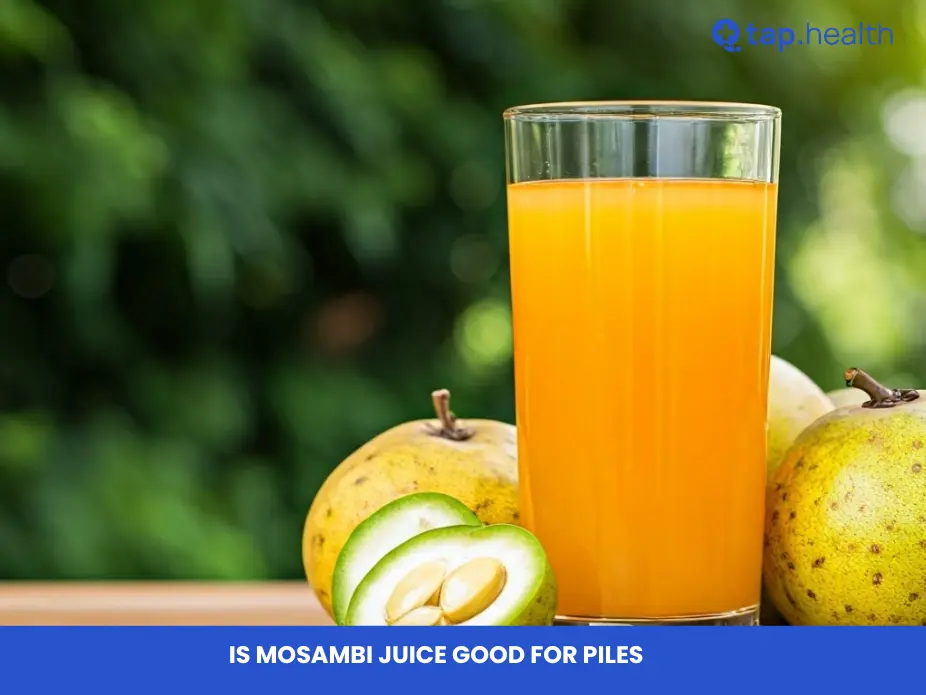Watermelon is a summer favorite, loved for its sweet, juicy flavor and refreshing qualities. But is watermelon acidic, and should you be concerned about its impact on your health? This blog explores watermelon’s acidity, nutritional profile, health implications, and tips for balancing acidic and alkaline foods in your diet. With a focus on practical advice, we’ll help you enjoy watermelon without worrying about acidity.
Is Watermelon Acidic or Alkaline?
Understanding the pH Scale
The pH scale, ranging from 0 to 14, measures a substance’s acidity or alkalinity. A pH of 7 is neutral, below 7 is acidic, and above 7 is alkaline. Fruits like watermelon fall somewhere on this scale, affecting their taste and health impact.
Watermelon’s pH Level
Watermelon typically has a pH between 5.5 and 6.5, making it slightly acidic. However, its acidity is milder compared to citrus fruits like lemons (pH 2–3) or oranges (pH 3–4). Factors like ripeness, soil conditions, and cultivation methods can slightly alter watermelon’s pH. Riper watermelons tend to be less acidic due to increased sugar content.
Comparing Watermelon to Other Fruits
Compared to highly acidic fruits like lemons or grapefruits, watermelon is gentler on the stomach, making it a great choice for those sensitive to acidic foods. Its subtle tanginess enhances its versatility in salads, smoothies, and desserts.
Nutritional Benefits of Watermelon
Packed with Vitamins and Minerals
Watermelon is a nutrient powerhouse:
- Vitamin C: Boosts immunity and promotes healthy skin.
- Vitamin A: Supports eye health.
- Vitamin B6: Aids brain function.
- Potassium: Maintains heart and muscle health.
- Magnesium: Supports bone health.
- Citrulline: An amino acid that improves blood flow and may reduce muscle soreness, benefiting athletes.
High Water Content for Hydration
With about 92% water, watermelon is incredibly hydrating, making it ideal for hot summer days. Its low-calorie nature (around 46 calories per cup) also appeals to those watching their weight. The high water content aids digestion, helps prevent constipation, and promotes gut health.
Factors Affecting Watermelon’s Acidity
Organic Acids in Fruits
The acidity of fruits, including watermelon, comes from organic acids like citric and malic acid. These acids influence taste and shelf life, with lower pH levels acting as natural preservatives by inhibiting bacteria growth.
Ripeness and Environmental Factors
As watermelon ripens, its sugar content rises, reducing its acidity and enhancing sweetness. Environmental factors like soil pH and climate also play a role. For instance, watermelons grown in acidic soil may have a slightly lower pH than those in alkaline soil.
Health Implications of Eating Watermelon
Digestive Health
Watermelon’s mild acidity can aid digestion by stimulating enzyme production, helping break down food and absorb nutrients. However, overeating acidic fruits may trigger acid reflux or heartburn in sensitive individuals. Pairing watermelon with alkaline foods like leafy greens can help balance your body’s pH and reduce discomfort.
Dental Health
Acidic fruits can erode tooth enamel over time, increasing the risk of cavities and sensitivity. While watermelon’s acidity is mild, it’s wise to rinse your mouth with water after eating to neutralize acids. Avoid brushing teeth immediately after consuming acidic foods, as enamel is temporarily softened. Using a straw for watermelon juice can also minimize acid contact with teeth.
Balancing Acidic and Alkaline Foods in Your Diet
Why pH Balance Matters
Your body naturally regulates its pH, but a diet heavy in acidic or alkaline foods can strain this system. A balanced diet with both acidic and alkaline foods supports overall health, providing diverse nutrients and reducing digestive stress.
Tips for a Balanced Diet
- Mix Acidic and Alkaline Foods: Pair watermelon with alkaline-rich foods like kale, spinach, or avocados to balance pH levels.
- Portion Control: Moderation is key. Enjoy watermelon as part of a varied diet to avoid overloading on acidic foods.
- Cooking Techniques: Cooking methods can alter food pH. For example, grilling acidic fruits like tomatoes can reduce their acidity, making them more alkaline.
- Timing Matters: Eat acidic fruits like watermelon during meals rather than as frequent snacks to minimize acid exposure to teeth.
Practical Tips for Enjoying Watermelon
- Choose Ripe Watermelons: Opt for ripe watermelons (look for a yellow spot on the rind) for lower acidity and sweeter flavor.
- Incorporate in Meals: Add watermelon to salads with feta or mint, or blend it into smoothies for a refreshing treat.
- Stay Hydrated: Use watermelon as a hydrating snack during workouts or hot days.
- Protect Your Teeth: Rinse your mouth with water after eating watermelon and wait 30 minutes before brushing.
Common Questions About Watermelon and Acidity
Is Watermelon Safe for Acid Reflux?
Watermelon’s mild acidity makes it safer than citrus fruits for those with acid reflux. However, eat it in moderation and avoid it on an empty stomach if you’re prone to heartburn.
Can Watermelon Harm Teeth?
Its low acidity poses minimal risk, but rinsing your mouth after eating can protect enamel from potential erosion.
How Does Watermelon Compare to Other Hydrating Fruits?
Watermelon’s 92% water content rivals cucumbers (95%) and outperforms oranges (87%), making it a top hydrating fruit.
Does Watermelon’s Acidity Vary by Type?
Yes, factors like variety, ripeness, and growing conditions can cause slight variations in watermelon’s pH.
Conclusion
Watermelon is a delicious, hydrating, and nutrient-rich fruit with a mildly acidic pH of 5.5–6.5, making it a great choice for most people, even those sensitive to acidic foods. Its high water content, vitamins, and minerals like citrulline offer numerous health benefits, from hydration to improved digestion. By balancing watermelon with alkaline foods and practicing good oral hygiene, you can enjoy this summer staple without worrying about acidity. Incorporate it into your diet thoughtfully, and savor its refreshing taste all season long!



